Muong Lo is not the area’s official name, but to the Thai - the third largest ethnic minority group in the country- it has long become a lovely place to live. For centuries, they have condensed their four biggest and most fertile rice fields into just one saying: "Nhat Thanh, nhi Lo, tam Tac, tu Than" (Thanh first, Lo second, Tac third, and Than fourth). These names refer to Muong Thanh in the northwestern province of Dien Bien, Muong Lo in the northern mountainous province of Yen Bai, Muong Tac in the northwestern province of Son La, and Muong Than in the northern mountainous province of Lao Cai.
All four are immense rice fields surrounded by imposing mountain ranges. If you have ever seen the charming little valley of Mai Chau in the northern province of Hoa Binh, imagine a valley that’s nearly one hundred times bigger. That’s Muong Lo.
Muong Lo is about 15,000 hectares wide, an area that covers Nghia Lo town and nearly 10 communes in the surrounding Van Chan district. Blue ranges of mountains, with some peaks higher than 2,000 metres, make this rice field especially striking. This beauty isn’t lost on the Thai people, who imbue the land with special spiritual meaning.
"Muong Lo is the land of the Thai’s first ancestors in Vietnam," explained cultural researcher Lo Van Bien, who lives in Nghia Lo. "If you’re Thai, your soul is brought here when you die. Though smaller than Muong Thanh, Muong Lo is still the elder brother."
In the 11th century, two brothers named Tao Suong and Tao Ngan migrated here from a locality in the Chinese province of Yunnan, via the Red River, to make use of the region’s fertile land. One of their sons, named Tao Lo, went on to have seven children, the youngest of which went to Dien Bien and established Muong Thanh.
"Many Thai people from Thailand recognise Muong Lo as their ancestral homeland, but thought it only existed in legends. They are shocked to come here to find that it’s a real place," Mr Bien says. "In Muong Lo, there is a road to lead the dead to Muong Gioi (heaven) according to the Thai people’s beliefs. The roads are still there. During the soul-sending ceremony, Thai people re-enact major activities of the deceased’s life on this road - acts that will help carry a soul to heaven."
The road is about 15 km long and starts in Phu Nham commune. It continues through Thanh Luong and Thach Luong, all situated in Muong Lo, and ends at a moutain peak, 1592 metres high, in Phing Ho commune, which borders Muong Lo. Most of the natives in Phing Ho are H’mong people.
Thais cultivate different kinds of rice in the fields, but the most delicious is khau hang (glutinous rice). Dozens of streams from nearby mountains irrigate Muong Lo’s rice. These sources of water also bring the locals two other specialities: banked xing fish and stone moss, which is buried in hot charcoal. Xing fish are white and just two or three fingers big. They live in streams and eat only moss. Before being baked, their bellies and backs are opened up and filled with sen, small, spicy seeds grown in the forest and baked by charcoal.
Today, Thais make up 70 percent of Muong Lo’s residents. Most still live in stilt houses in small hamlets surrounded by rice paddies. Among Vietnam’s ethnic minorities, Thai girls are well-known for their natural beauty, something you’ll notice if you visit the area. The clothes and the way Thai women wear them flatter their beauty. And Thai specialities never feed you up to the teeth. Less is more.
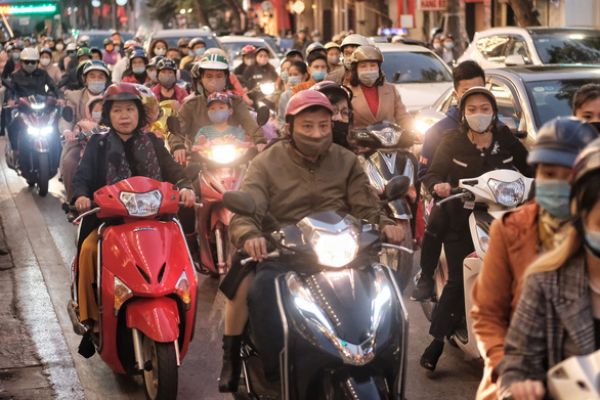
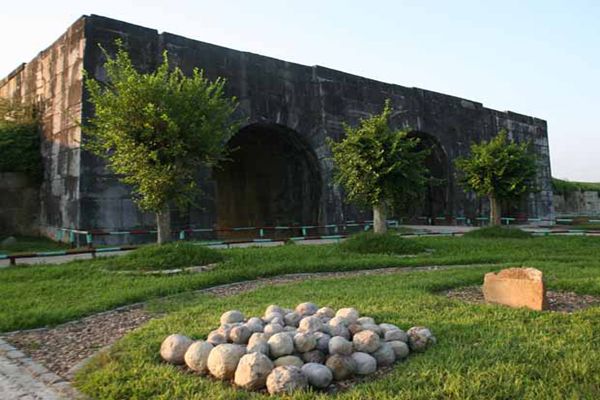

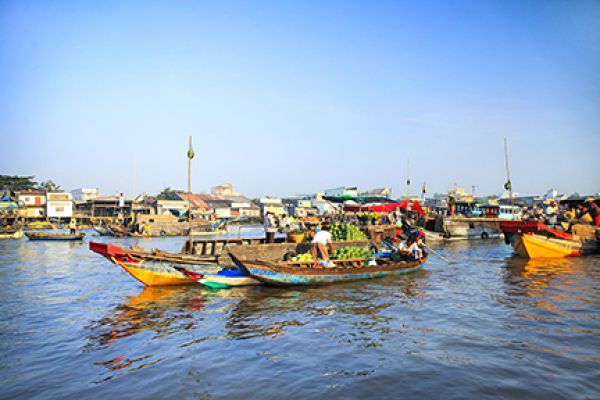
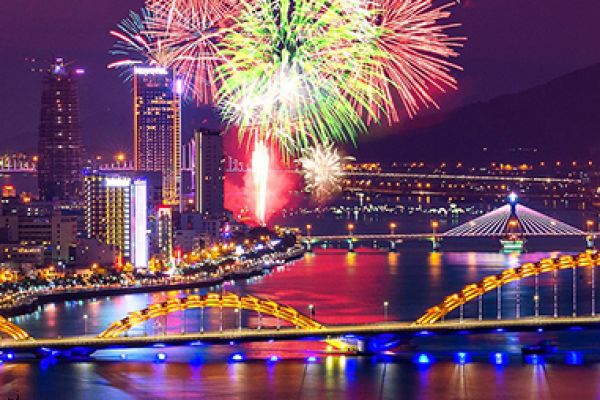

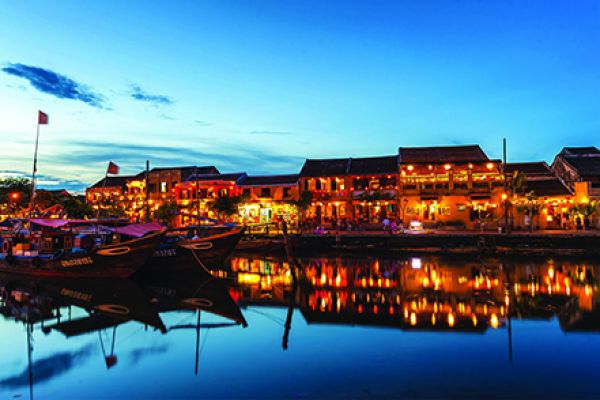
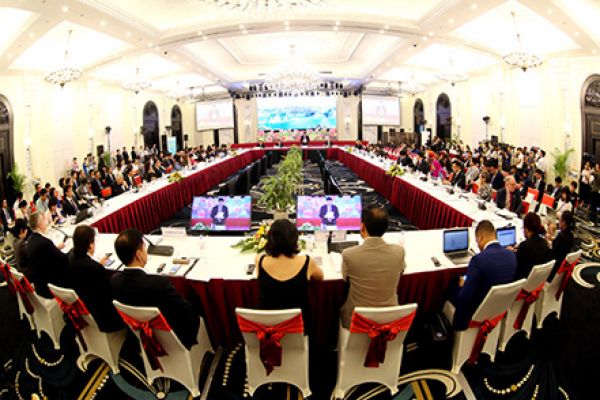
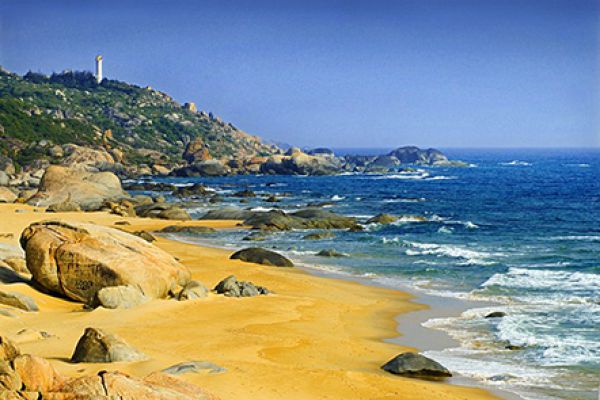
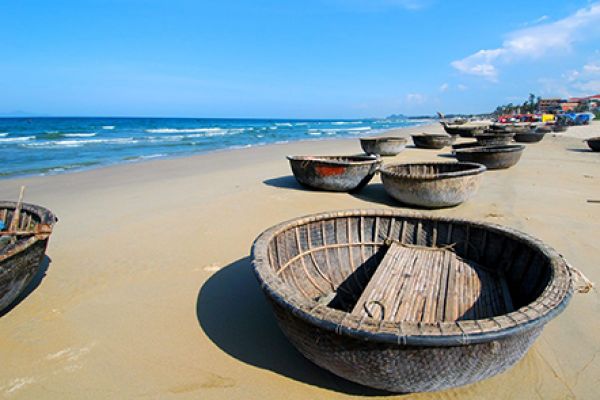
(84-63) 3 826042 – (84-63) 3 511142
No 54 Nguyen Dinh Chieu, Ham Tien Central Mui Ne Beach Binh Thuan Vietnam
523 To Hien Thanh District 10 Ho Chi Minh City Vietnam
Ha Long Halong City Quang Ninh Vietnam
A13 Hung Thong 2 Halong City Quang Ninh Vietnam




